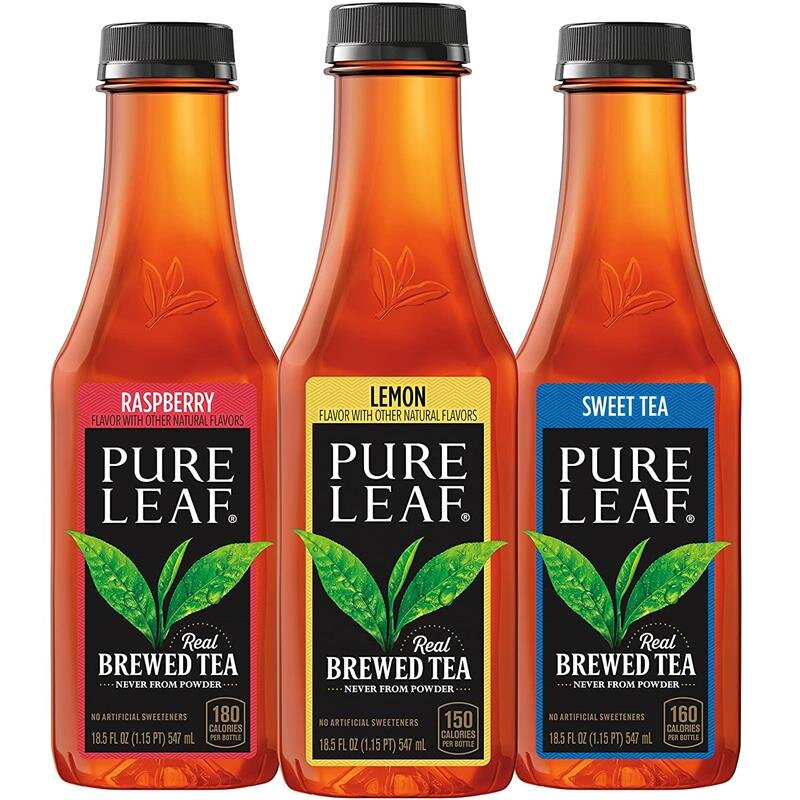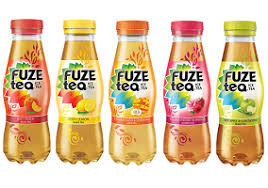Ready to Drink Teas
Overview
Tea is one of the world’s most culturally significant beverages, and still enjoys widespread popularity today.
After water, tea is the world’s most widely consumed beverage with a per capita consumption of approximately four fluid ounces per day. Different types of tea are popular in different regions of the world. Black tea is consumed principally in Europe, North America and North Africa, while green tea is consumed throughout Asia. Oolong tea is popular in China and Taiwan. Approximately 75 to 78 percent of the tea produced and consumed worldwide is black, 20 to 22 percent is green and less than 2 percent is oolong.
History
Tea is native to Southeast Asia. Green tea, black tea and oolong tea are all derived from the same plant – Camellia sinensis. The difference between the three is simply the duration of fermentation. White tea, made from the buds and young leaves of the same plant, has recently gained popularity in the United States, but was favored by Chinese royalty as far back as 618 A.D. Herbal teas can come from any number of plants and fruits.
Black tea, the most popular type of tea in the United States, dates back more than 5,000 years ago. It is believed that Turkish traders first introduced black tea to Western cultures in the 6th century. By the 18th century, tea was served in the late afternoon throughout England. Black tea first came to the Americas with the earliest European settlers. During the Boston Tea Party in 1773, colonists tossed black tea into Boston Harbor in an act of defiance against new taxes imposed on tea and other products.
During warm summer months, iced tea often becomes an appealing alternative to hot tea. While some maintain that iced tea was invented at the 1904 World’s Fair, many cookbooks that predate the Fair contain recipes for the popular beverage.
In the 1970s, Lipton® was the first to bring ready-to-drink tea to market with their Tea-in-a-Can. Snapple® helped to popularize ready-to-drink teas in 1987 when it launched its first tea in a bottle product, Snapple® Lemon Tea. But the ready-to-drink tea market did not explode until 1993, when new companies and old rolled out new tea beverages on a national level and it became apparent they were in demand. Current popular ready-to-drink tea brands include Nestea®, Lipton®, Crystal Light® teas, GOLD PEAK® and Honest Tea.










Ready-to-Drink Tea Types
Black Tea
Black tea is dried longer and thus becomes more oxidized than other tea varieties. Because of this, it generally has a stronger flavor and contains more caffeine than other teas.
Oolong Tea
Oolong tea is dried and oxidized for roughly half the time as black tea. This traditional Chinese tea shares a flavor profile more robust than green tea, but not as powerful as black tea.
Green Tea
Green tea undergoes minimal oxidation since it is comprised of leaves that are dried but not permitted to oxidize. Green tea contains the highest concentration of antioxidants known as polyphenols. It has a slightly grassy flavor and less caffeine than black teas.
White Tea
White tea is made from the buds and young leaves of the Camellia sinensis plant. Like green tea, it is minimally oxidized; therefore, it retains more antioxidants. White teas have a slightly sweet flavor and even less caffeine than green teas.
Source: American Beverage Association


